Pervious concrete placement in the United States,whether it is a parking lot or a recreational trail, which requires the use of forms to provide a surface for finishing and support for the pavement during curing. Base thicknesses vary based on the pavement design storm and infiltration rate of the natural soil, although typically six to twelve inches of a highly drainable material is used.Following picture shows the preparation of a previous concrete site in Sioux City, Iowa. The base at this particular site was 18 inches thick due to anticipated drainage from surrounding impervious area.
.png)
Current designs do not have the flow ability of normal concrete and therefore can be more labor intensive to place. Typically, a rear discharge ready mix truck is used with one shoot instead of the normal two attach for placing. Shorter than normal shoot length allows a steeper angle and better discharge of the concrete. Even with the steep angle and shorter shoot, the PCPC often needs to be manually pulled from the shoot. Some mixtures containing a viscosity modifying admixture (VMA) have had better flow characteristics and do not require this practice.
.png)

In Belgium, PCPC is used as a thin surface course for skid resistance and noise reduction. To achieve a strong bond between the layers, the PCPC layer is placed using a wet-onset method with a sliding mode device, which is placing on the still plastic non-previous concrete layer.
Finishing and compaction are the most crucial steps to produce a durable pavement. Properly finishing PCPC provides a uniform and level surface that prevents surface raveling of the aggregate, while remaining athletically pleasing to the public. Dry, poorly finished slabs can ravel and appear to have failed even though they are structurally sound. Properly finished PCPC provides a surface suitable for wheelchair and roller blade use and an ideal surface for recreational trails.

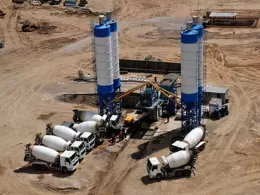



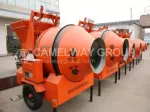
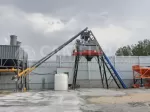

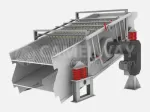

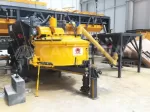
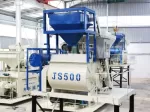
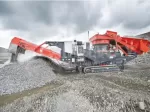
0 Comment